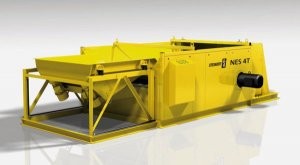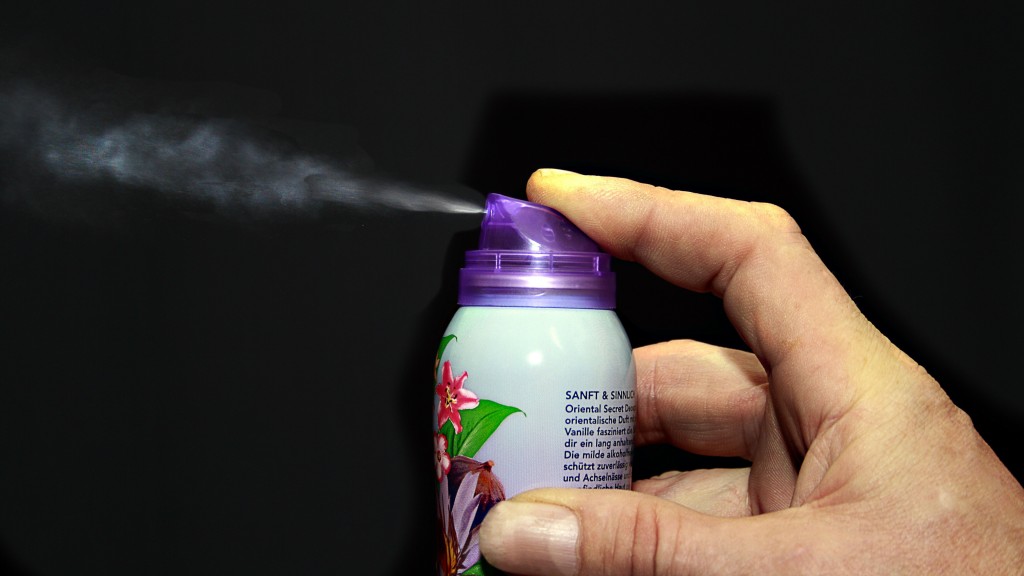STEINERT introduces Fines ISS recovery system with ARGOS C technology, and boosts non-ferrous metal separator extraction rate

Cologne based full supplier of separation technology STEINERT Elektromagnetbau GmbH recently announced the launch of a special design Fines all-metal recovery system. The company also announced that after optimization of its rotational speed, their NES 4T (shown here) (non-ferrous metal separator) now achieves even better results when separating non-ferrous metals from fine fractions.
The STEINERT Fines ISS with ARGOS C technology has been developed in close cooperation with customers to meet the demands of a market which is showing increasing demand for Fines metal products below the size of 10mm / 3/8”. Especially the high copper content to be usually found in this size range can very often justify the use of STEINERT Fines ISS for the recovery of these small metallic particles from post eddy current Auto Shredder Residue (ASR) streams.
Steinert says recent installations show that even an additional one percent of metal recovery with their Fines ISS leads to a short term ROI. The typical product coming from a STEINERT Fines ISS used in the waste from an eddy current separator includes up to 80 % of very small bare and insulated copper wire not detectable with recent systems found in the market.
The STEINERT Fines ISS combines two new technologies especially developed for the separation of very fine metals. The ARGOS C inductive sensor offers previously unseen sensitivity readings to allow for a recovery of even the smallest pieces down to 1 mm in particle size effectively. This sensor is a fully digital sensor providing conductive imaging enhancing the accuracy of the separation by giving more detailed information on each detected particle. The data transfer is completely Ethernet based for a quick succession of signals to be accurately identified.
The second new technology used integrated in the STEINERT Fines ISS is a bullet-type valve bar for extremely accurate firing to minimize the consumption of compressed air which is the major factor in operating costs for every modern sensor sorter. It also increases the purity of the generated metal product because more accurate firing means less unwanted carryover of non-metallic contaminants.
Both the new ARGOS C sensor and the bullet-type valve bar are connected through a state of the art control panel allowing for a large variety of signal based information to be processed. This will guarantee the best possible results in terms of recovery and purity with the highest means of sensitivity and selectivity for the customers in today´s growing and changing markets, thus protecting and increasing their business by providing them with the necessary flexibility to stay competitive.
The initial success of the very first STEINERT Fines ISS sensor sorters came within the ASR-industry but as of now additional applications for a successful implementation of this technology have already been encountered in the fields of Waste To Energy (WTE) metal processing from bottom ash and plastic waste processing to clean up PET-Flakes. The STEINERT Fines ISS is available in 1 m & 2 m working widths (40” & 80”).
More profitability in fine fractions
In March 2014, Steinert announced that after optimization of its rotational speed, the the company's NES 4T (non-ferrous metal separator) now achieves even better results when separating non-ferrous metals from fine fractions. Operating at speeds of up to 4,000 rpm and a field frequency up to 1,27 kHz, the new STEINERT NES 4T is capable of increasing its extraction rate by 20 to 30 per cent compared with a non-ferrous metal separator operating at 2,600 rpm.
The result is, however, strongly dependent on the material involved. Depending on the grain size, the extraction rate increases with increasing speed and field frequency, up to a maximum value. This maximum is reached at a speed of 3,500-4,000 rpm. It is possible to significantly increase the extraction of non-ferrous metals from automotive shredder residue (ASR) as well as slag for particle sizes of 0-4 mm and 4-8 mm as recent installations have shown. This comes at no compromise to the quality of the non-ferrous product (ZORBA) which remains at highly sellable purity levels.
STEINERT says their NES 4T provides the economic basis for every recycling system involving the extraction of non-ferrous metals. Thanks to its reliability and long service life, it ensures an optimal operating result over the long term. The STEINERT NES 4T is ideal for use in a wide range of applications including the separation of shredder material, household refuse, refuse incineration slag, electronic scrap and wood chips.
The new generation of the eddy current separator unites a faster-rotating pole drum with the proven quality obtained by the use of neodymium-iron-boron magnets to achieve optimum separation results. The result is a demonstrable increase in the extraction rates.
The rotating permanent magnet system in the head drum of a STEINERT NES 4T creates high-frequency alternating magnetic fields with a field frequency up to 1,27 kHz. These fields induce eddy currents in the non-ferrous metals present in the material. The non-ferrous metals, in turn, generate their own magnetic fields opposing the external magnetic field, and as a result are deflected out of the remaining material flow.
According to a Steinert press release; "Nowadays, all material flows are subject to increasing economic competition. The increased yield of non-ferrous metals means that technology such as the STEINERT NES 4T pays for itself after as little as 100,000 tonnes in slag applications."



